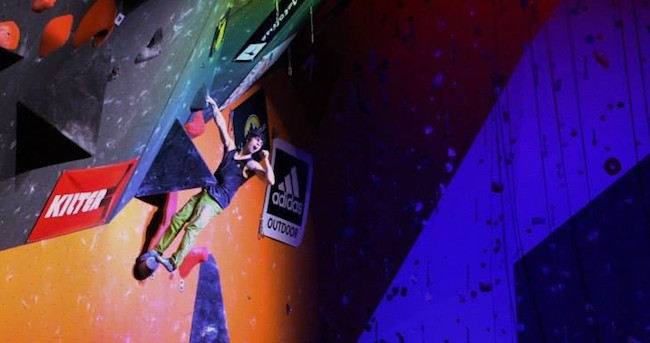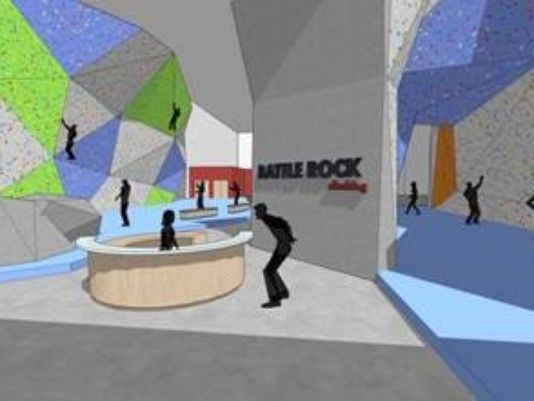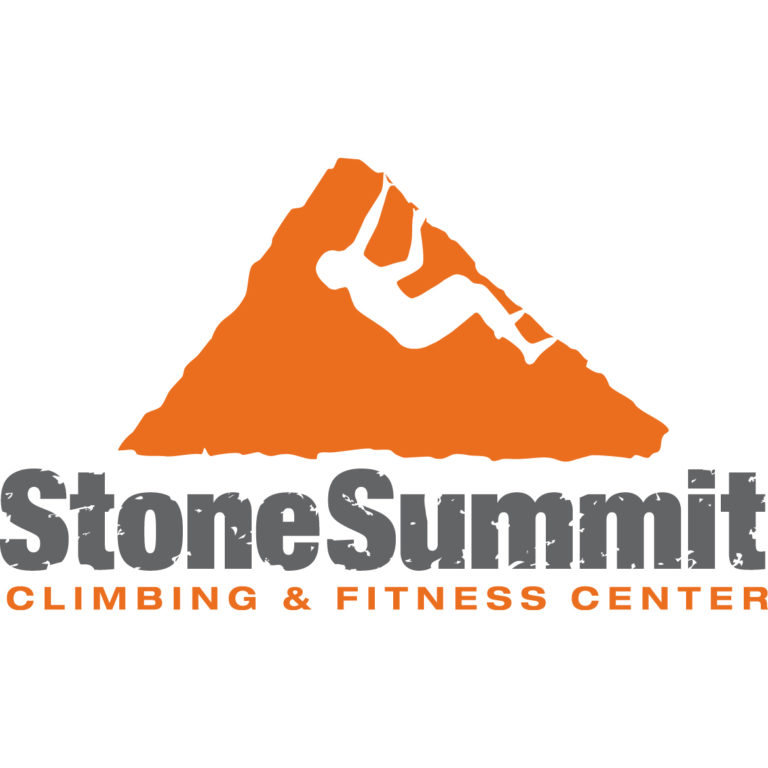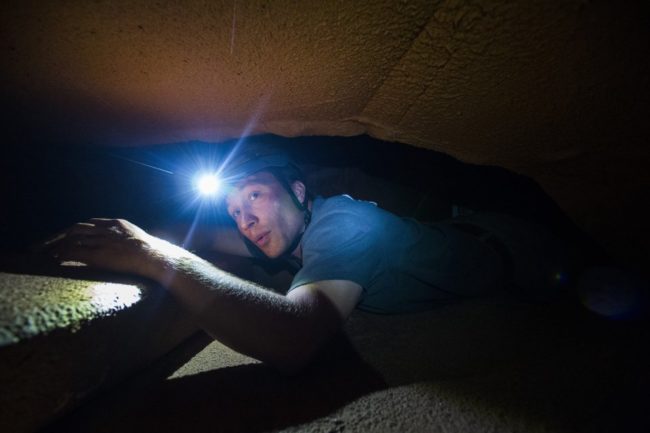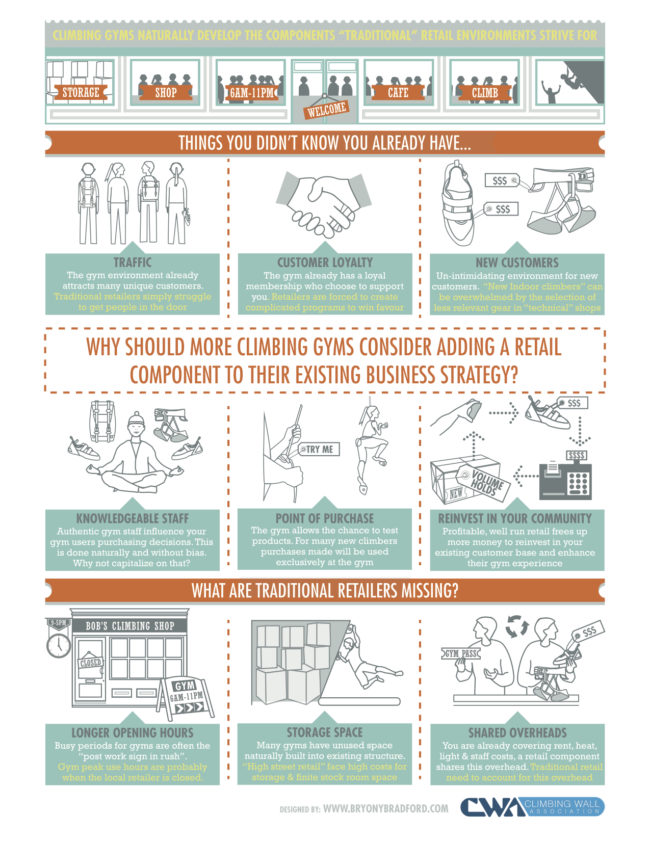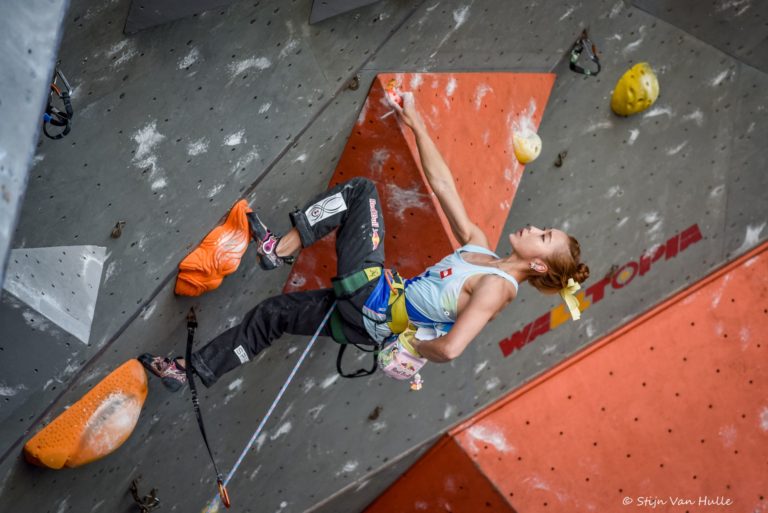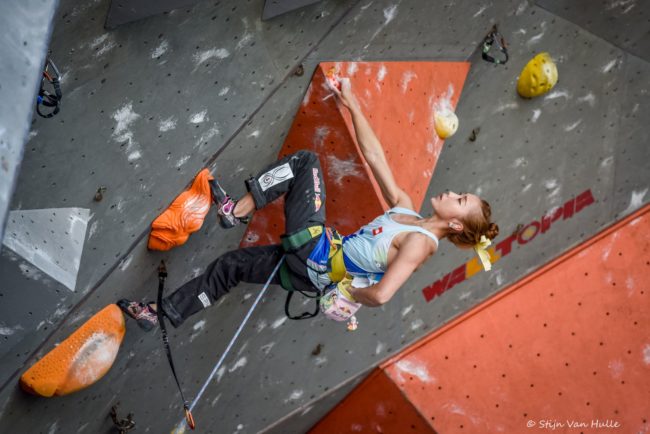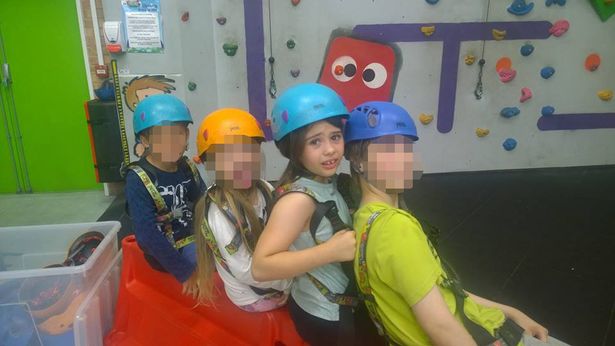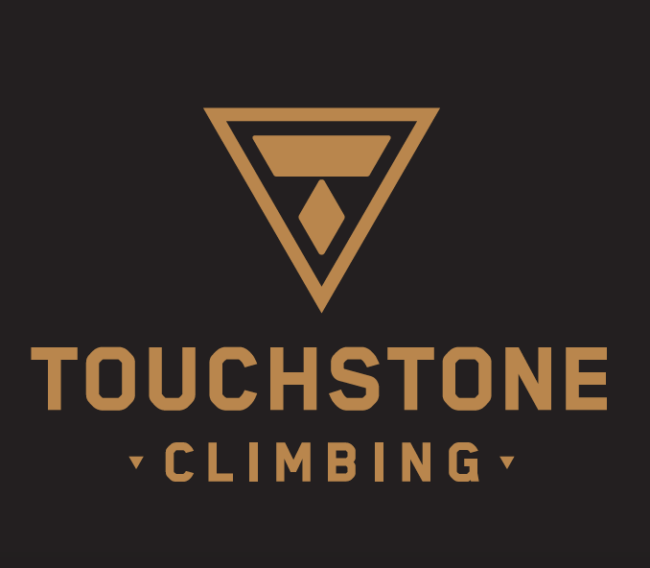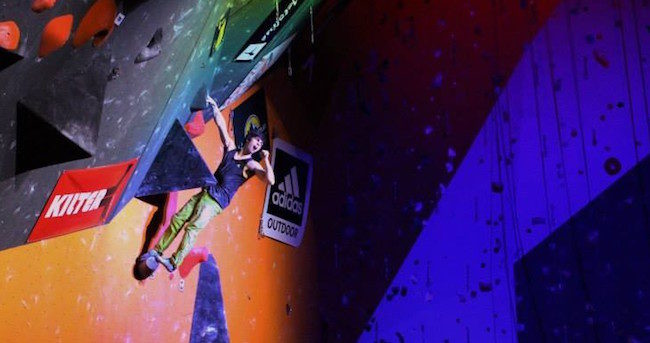
Press Release:
USA Climbing, the United States National Governing Body for the sport of competition climbing, announced 4 bouldering competitions across the country that are part of a nationwide series – culminating in our Bouldering
Open National Championships this year in Salt Lake City, UT. This series of 5 events (including the National
Championships) will make up the National Cup Series, and will award an overall total of $50,000.00 to competitive climbers over the course of the season.
Oct 14/15, 2016: Yank-N-Yard; Stone Age Climbing Gym; Albuquerque, New Mexico
Nov 12, 2016: Mesa Rim Training Center; San Diego, CA
Dec 17, 2016: High Point Climbing & Fitness; Birmingham, AL
Jan 20/21, 2017: Dark Horse Championship; Metrorock Climbing; Boston, Massachusetts
Feb 3/4, 2017: USA Climbing: Bouldering Open National Championships; Salt Lake City, Utah
“USA Climbing is thrilled to get this National Cup Series beyond the idea phase and into reality. We are excited
to both support the growth of, and to give back to adult competitors. With our partnership with these great host
facilities, we could not be more excited to announce the inaugural 2016-2017 season,” says Kynan Waggoner, USA Climbing’s CEO. “This series is a strategic way for USA Climbing to develop more opportunities for Open athletes and sponsors, offer exciting high level events for adult enthusiast competitors, and create a coherent “tour” of top tier bouldering competitions that will culminate in our National Championships.”
USA Climbing host partners include MetroRock Climbing Centers and Stone Age Climbing Gym, facilities with a great history of running major competition climbing events in the US, as well as newer gyms, Mesa Rim Climbing and High Point Climbing. Chris Danielson, the Technical Director of the National Cup Series, says the event planning and series structure has grown out of the past 15 years of competition development. “From the original ABS, the PCA, the UBC, and to the amazing events run each year independently across the country, there is a strong history in the US of innovating high level and exciting climbing competitions. With the National Cup Series, we wanted to create something that gives the most elite professional athletes, younger competitors just aging into the Open level, and those veteran adults competing in their own region, something to be a part of on the National scale.”
Each event of the National Cup Series will have a cash purse of $10,000 and USA Climbing will be awarding another $10,000 at the conclusion of the series. “One of our desires here was for standardization in format and prize purse… to start something we can build upon in years to come,” Waggoner says. “Top 8 will go to Finals in each event and we will have a season ranking updated after each competition. After Bouldering Open National Championships in SLC, we’ll see where the rankings stand and award our $10,000 Cup Series purse.”
USA Climbing will be posting more information about the National Cup Series on www.usaclimbing.org on September 1, 2016 – rules, format, FAQ, etc. With any questions about the National Cup Series please email
info@usaclimbing.org.




